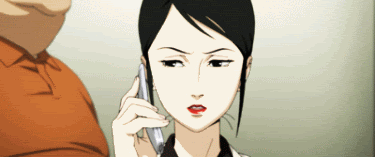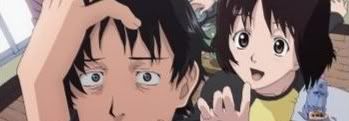
NEW YORK, January 30 – Is it me or is Donnie Yen bucking to be the next national hero of Hong Kong? Maybe he’s starting with Hong Kong and shifting to be a national hero of China. It sure seems like it.
Yen’s recent acting filmography includes Ip Man (葉問), The Founding of a Republic (建國大業), and Bodyguards and Assassins (十月圍城). He is also set to release Ip Man 2 (葉問2) later this year. Interestingly these films have all been historically based fictions with an emphasis on individual heroism and valor.
Some film critics argue that Yen is treading dangerously close to Chinese Communist propaganda in his recent pictures. I wouldn’t go so far as to label his films as propaganda, but they are very careful in their handling of modern Chinese history. It’s a soft touch that is not characteristic of the fast paced Hong Kong film industry.
Yen’s current film, Bodyguards and Assassins, tries to carefully reshape Chinese history with varying degrees of success.

The film is mainly centered on the arrival of Sun Yat-sen in 1905 Hong Kong. Sun plans to unite the various rebellious Chinese factions in order to overthrow the troubled Qing dynasty, and the royal court responds with a group of highly trained assassins (ninja?).
Donnie Yen plays a crooked police officer in the burgeoning Hong Kong police department. As a gambling addict, he constantly finds himself broke and desperately looking for side jobs to cover his addictive habit. As a thug for hire, he sometimes takes jobs that are morally questionable. Over the course of the film, Yen’s character has a change of heart and decides to protect Sun Yat-sen with a heroic band of outcasts, homeless, and destitute individuals.
The film can easily be bifurcated into two halves. The first half is the introduction segment which provides the various background stories for each hero and villain. The second half of the film is dedicated to the action packed chase and fighting sequences between the various characters.

The first half is pretty long (almost an hour) and suffers from a lot of pacing issues. It jumps from one character background segment to another character segment without any sense of order or rhythm.
However, Sun’s arrival to Hong Kong changes everything. The tempo picks up and the rest of the film is a high paced sequence of chase and fight scenes. The frenetic nonstop movement is the hallmark of Hong Kong cinema, and the kung-fu is pretty top notch with Yen showing off his amazing skills.
Some of the best acting performances in the film were delivered by Tony Leung Ka-Fai (梁家輝). He brought serious acting chops to the role, but some of his counterparts lacked the same skill. It was like watching a tennis pro play with a teenage amateur.

Eric Tsang (曾志偉) also had a small side role as the police chief. His limited on screen time was funny and delightful. He lightened the mood during some of the most depressing moments of the story.
On a negative note, the film attempts to hand jam a nationalist allegorical message throughout the narrative which I found a little distracting. It wasn’t a subtle nudging… more like a slap in the face. Jeez… I get it: patriotism and equality. I felt like a customer being subjected to some hard selling by a used car salesman.
If you could bear with the long introductory exposition, Bodyguards and Assassin will take you through an amazing journey of unlikely heroes and fascinating villains.
Related Links:
- YouTube - Bodyguards & Assassins - Official Trailer
- Bodyguards and Assassins - Hollywood Reporter
- Reviews: BODYGUARDS AND ASSASSINS - Twitch
- Bodyguards and Assassins - Wikipedia, the free encyclopedia
- IMDb: Shi yue wei cheng (2009)
- Bodyguards and Assassins (2009) - LOVEHKFILM.COM
- Bodyguards And Assassins (Shi Yue Wei Cheng) - Screen International
- 'Bodyguards and Assassins' helps Chinese cinema enter the big leagues The Independent



 NEW YORK, December 25 — Finally, a Special Edition Double DVD of
NEW YORK, December 25 — Finally, a Special Edition Double DVD of 
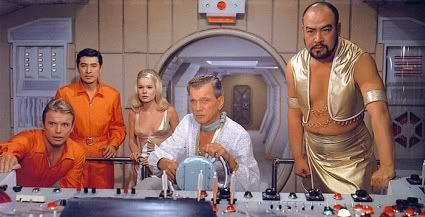

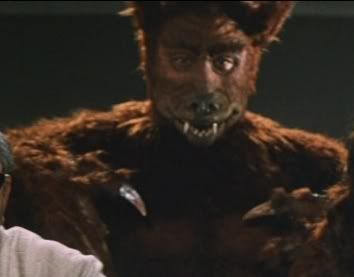
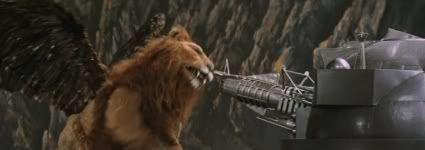
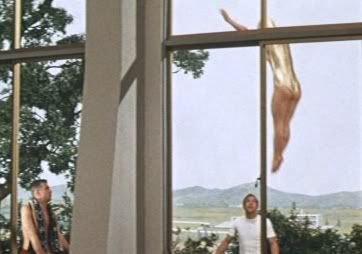
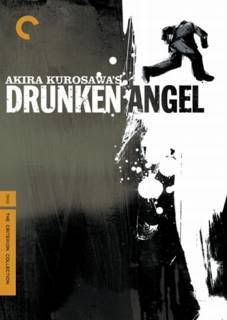

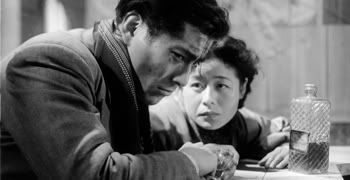
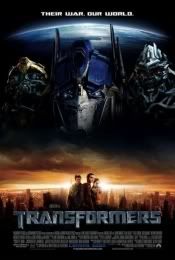 4 JULY 2007 -- This is my quick and dirty review of the
4 JULY 2007 -- This is my quick and dirty review of the 

 ,
,

